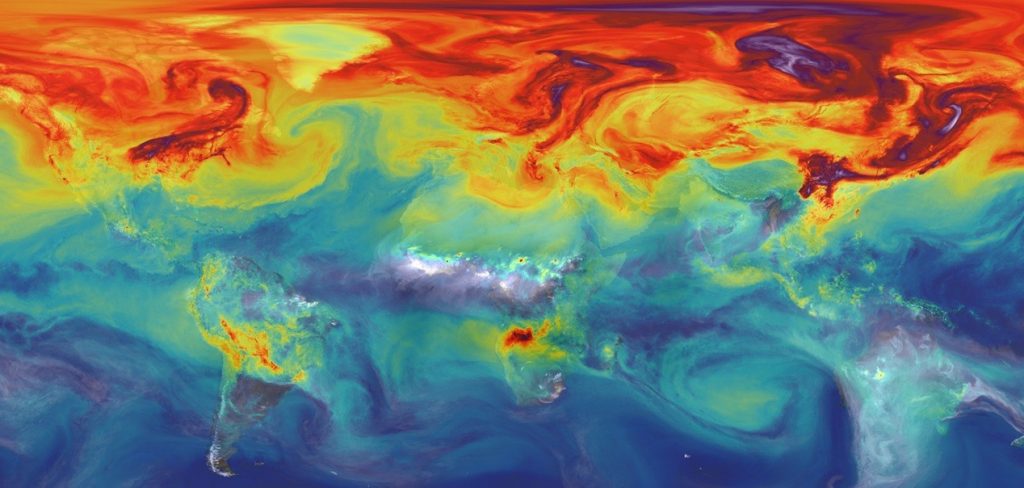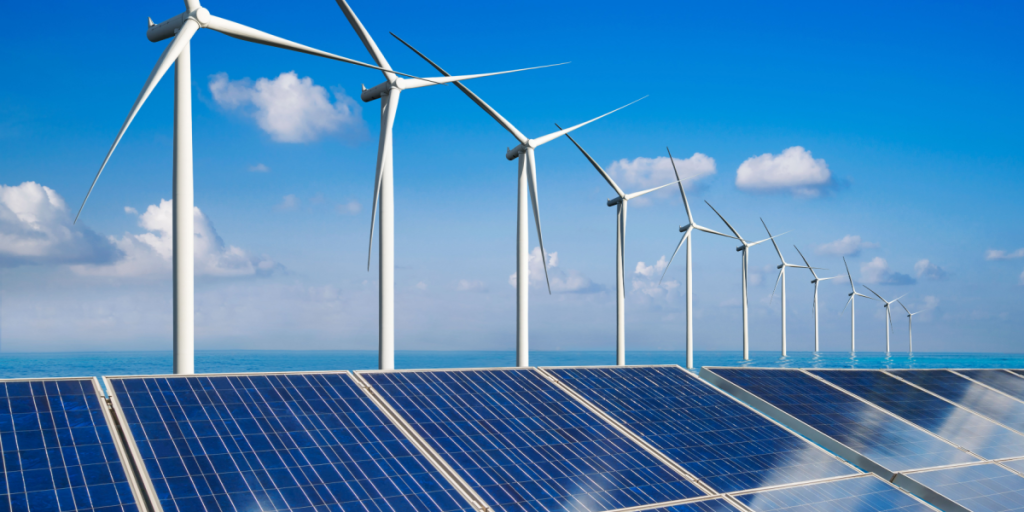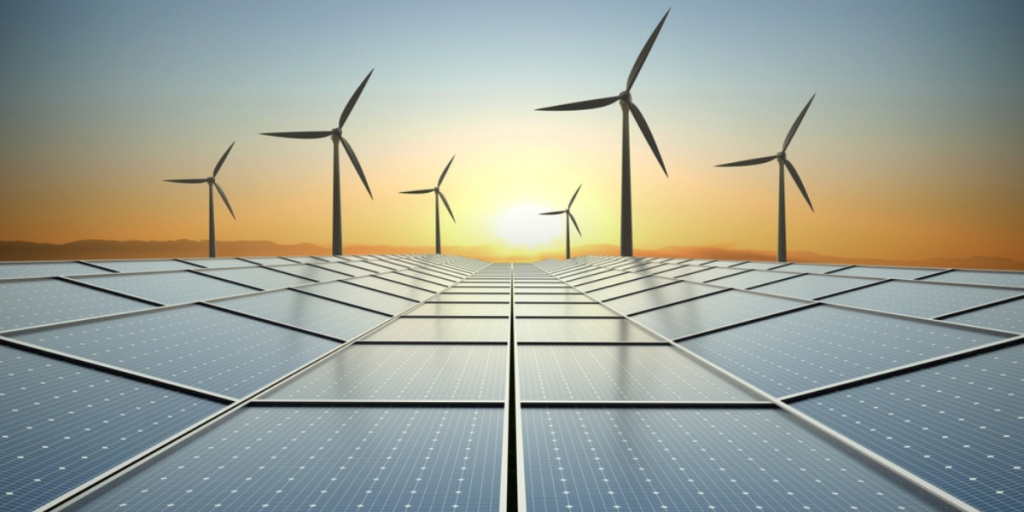Inside China’s Emissions Slowdown
Others are reading now
Inside China’s Emissions Slowdown
China, Climate, and the Global Carbon Balancing Act

China sits at the center of the global climate story. It is the world’s largest emitter of carbon dioxide, a manufacturing powerhouse, and at the same time a giant investor in solar, wind and other low-carbon technologies.
What happens in China’s energy system doesn’t just shape its own air quality or economy – it heavily influences whether the world can keep global warming within safer limits.
That’s why even small shifts in China’s emissions trend are watched so closely: they can signal whether the planet is edging toward catastrophe or inching toward a cleaner path.
Emissions Flatlining as Renewables Surge

According to The Guardian, new analysis suggests that China’s CO₂ emissions have been flat or falling for about 18 months, hinting that the country may already have reached its peak emissions earlier than planned.
Also read
The Centre for Research on Energy and Clean Air, writing for Carbon Brief, finds that overall emissions in the third quarter of 2025 were roughly unchanged compared with a year before.
A key reason is the explosive rollout of clean energy: in that quarter alone, solar power generation and wind grew by about 46% . Enough to keep power-sector emissions steady even as electricity demand kept rising. China added roughly 240 GW of solar and 61 GW of wind capacity in the first nine months of the year, after installing a record 333 GW of solar the previous year – more than the rest of the world combined.
Progress Praised, But Targets Still Too Weak

The Guardian notes that these trends are unfolding just as world leaders meet in Brazil for COP30, where pressure is mounting to accelerate climate action.
China’s president, Xi Jinping, skipped the leaders’ segment, but Chinese negotiators are active in the talks. COP30 president André Corrêa do Lago publicly praised China’s advances in green technology, arguing that cheaper, highly competitive Chinese solar panels are now spreading worldwide and helping drive down fossil fuel use.
At the same time, China’s formal climate targets remain cautious. Its “dual carbon” goals are to peak emissions by 2030 and reach carbon neutrality by 2060, with a new pledge to cut total greenhouse gases by 7–10% from their peak by 2035.
Also read
Experts quoted in the analysis say that level falls far short of what is both possible and necessary, estimating that a 30% cut by 2035 would be compatible with avoiding the worst climate risks.
A Mixed Picture of Decarbonisation and Rising Demand

According to The Guardian, China has a track record of underpromising and overdelivering, so some analysts see the current targets as a floor rather than a ceiling. Yet the emissions picture is uneven across the economy.
The analysis notes that oil demand and emissions from transport fell by around 5% in the third quarter, helped by structural changes and efficiency gains. But in other sectors, emissions rose by about 10%, driven largely by growth in plastics and chemicals production.
Overall, China appears likely to miss its 2020–2025 goal for cutting carbon intensity – emissions per unit of GDP – which means steeper reductions will be needed later to hit the 2030 objective of a 65% carbon intensity cut relative to 2005. Attention is now turning to the upcoming 15th five-year plan for 2026–2030, where officials have hinted that low-carbon energy systems will be a central priority.
What We’ve Learned

Taken together, the picture that emerges is one of a country moving fast in two directions at once. On one hand, China is building solar and wind power at a scale no other nation can match, and its overall CO₂ emissions have stopped climbing and may already have peaked.
Also read
On the other hand, some industrial sectors are still expanding their fossil-based output, and existing climate targets leave a gap between what is pledged and what science suggests is needed.
The next phase of planning will determine whether China turns its early peak into deep, sustained reductions or settles for a slower, riskier path.
Why China’s Choices Matter for the Climate Future

China’s recent trends show that rapid, large-scale change in a major economy is possible, but they also highlight how fragile that progress can be. A few years of record renewables and flat emissions do not guarantee a safe climate, yet they do prove that structural shifts are underway.
For the rest of the world, China can be both a warning and an example: a reminder of how high emissions can rise, and a demonstration of how quickly they can be stabilised when policy, technology and investment align. In the coming decade, the direction of Chinese energy and industry will heavily influence whether global warming is limited to manageable levels or allowed to push the planet into far more dangerous territory.
This article is made and published by August M, who may have used AI in the preparation


